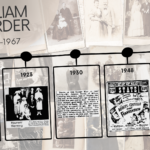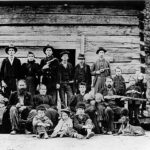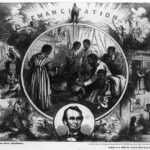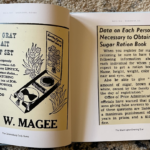Juneteenth, also known as Freedom Day or Emancipation Day, is a significant holiday celebrated on June 19th each year. It commemorates the emancipation of enslaved African Americans in the United States. On June 19, 1865, Union General Gordon Granger arrived in Galveston, Texas, and issued General Order No. 3, officially proclaiming the end of slavery in Texas, over two years after the Emancipation Proclamation was signed. Juneteenth serves as a symbolic milestone in the ongoing struggle for freedom and equality. It is a time to reflect on the hardships endured by enslaved individuals and to celebrate their resilience, cultural heritage, and contributions to American society.
While attending the National Genealogical Society’s annual conference in Richmond, Virginia, earlier this month, I managed to take a break from our Storied booth to sit in on several sessions. One of my favorites was “Researching Enslaved Persons in Virginia Records” by Melanie McComb, one of the genealogists at the New England Historic Genealogical Society and American Ancestors. It got me thinking about how to utilize NewspaperArchive. While finding detailed information about enslaved ancestors can be challenging due to the nature of slavery and limited records, using newspapers to search for enslaved ancestors can be a valuable resource in your genealogical research. Here are some tips to help you navigate newspapers effectively:
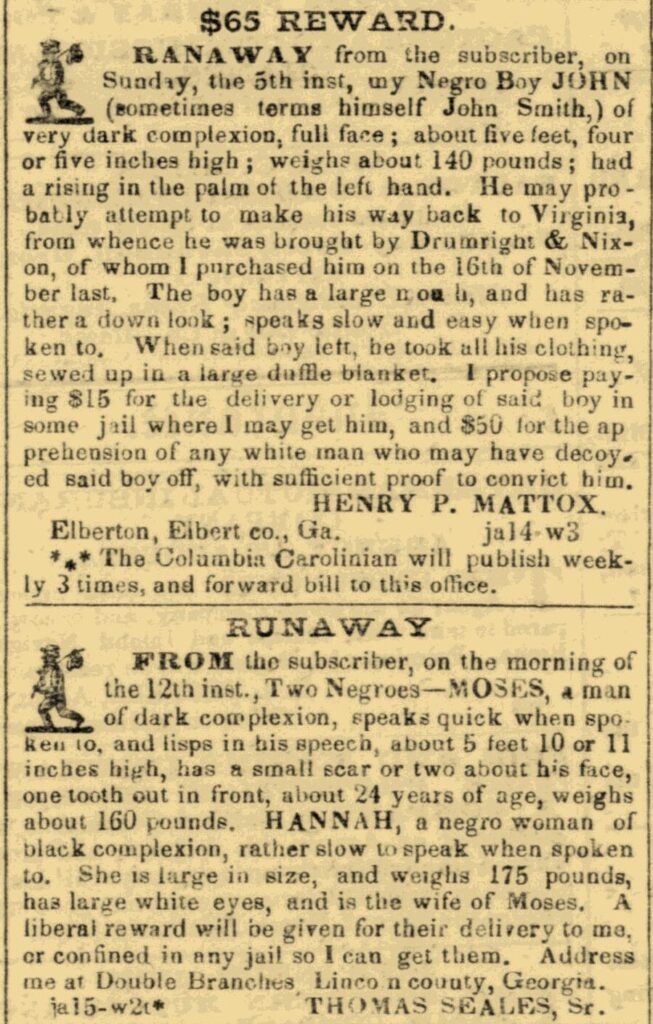
1. Be Mindful of Historical Context: Recognize the inherent biases and dehumanizing language prevalent in newspapers of the time. Approach the information with sensitivity and critical analysis, understanding the social and cultural climate of the era.
2. Research Relevant Newspaper Collections: Identify publications from the geographic area where your ancestors were enslaved. Look for publications that cover the time period when slavery existed. NewspaperArchive has more than 2,500 publications from 1736-1866.
3. Utilize Advanced Search Options: Take advantage of advanced search features such as keyword search, date range filters, and the ability to search within specific newspapers or regions. The NewspaperArchive collection includes more than 500 newspapers from southern states prior to 1867.
4. Employ Specific Keywords: Use keywords related to slavery, such as “slave,” “enslaved,” “slavery,” “plantation,” “negro,” or “runaway slave.” Combine these keywords with names, locations, or other relevant details to narrow down your search.
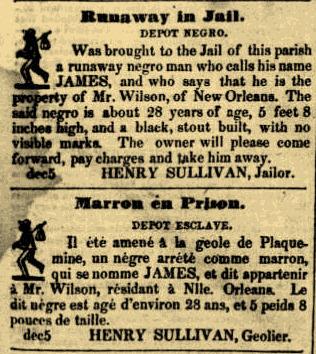
5. Explore Classified Ads and Notices: Pay attention to classified advertisements, estate sales, probate notices, or runaway slave ads. These may provide information about enslaved individuals, such as names, physical descriptions, skills, or rewards offered for their capture.
6. Investigate Local News and Events: Look for local news articles, social events, or community happenings that may mention enslaved individuals. This can include reports on slave auctions, emancipation events, court cases, or criminal proceedings involving enslaved individuals.
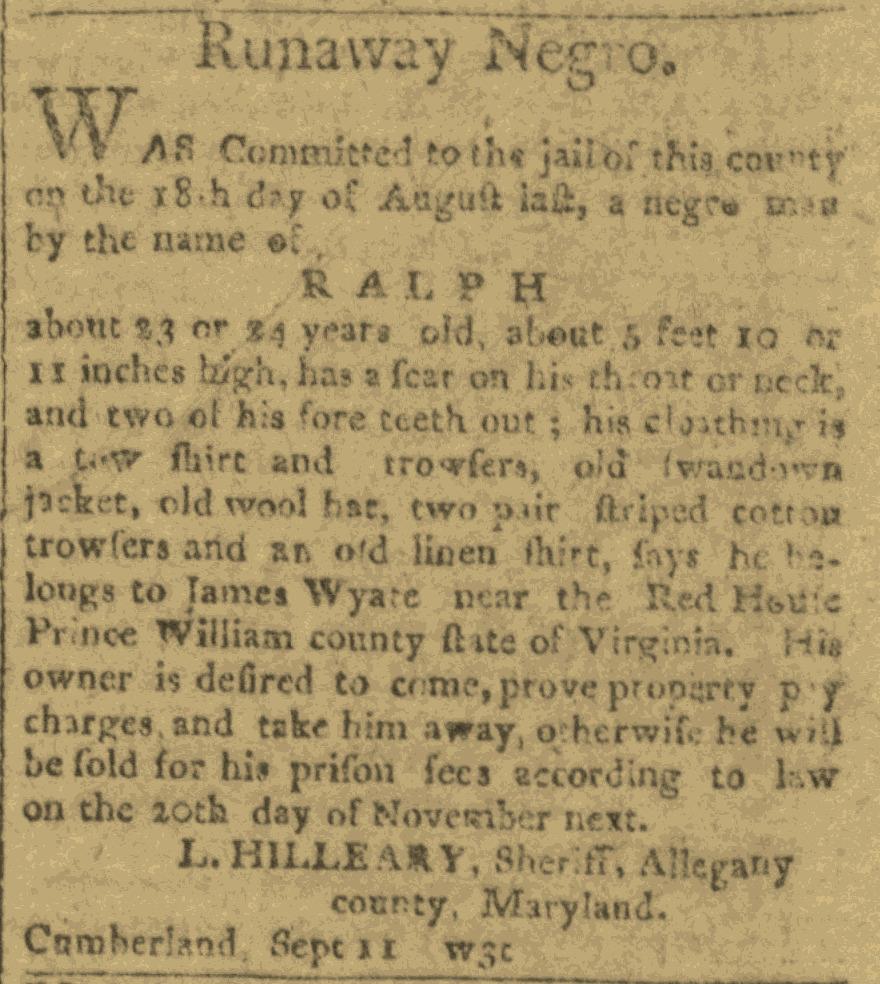
7. Analyze Community News and Church Announcements: Check community news sections, church announcements, or newsletters that may contain information about enslaved individuals, such as births, marriages, deaths, or membership records.
8. Consider Alternative Terminology: Be aware that newspapers of the time may have used alternative terminology or euphemisms to refer to enslaved individuals. Familiarize yourself with terms like “servants,” “property,” “negro,” or “colored” that may appear in newspaper articles.
Trying to find information about enslaved ancestors is no easy task, but with persistence and these tips to guide you, you never know what you might discover.





